|
This page is a stub. You can help improve it.
Named 'pleasant place' (Placentia) by the Romans, Piacenza soon
proved itself to be an important strategic location as well. Just short
of the regional border with Lombardy, the contemporary city is perfect
day-trip fodder(!). Its picturesque centre reveals a beautiful Gothic
town hall and a couple of august churches.
Piacenza lies on thPiacenza lies on the south bank of the Po River just below the mouth of
the Trebbia, southeast of Milan. It was founded as the Roman colony of
Placentia in 218 BC. After being besieged unsuccessfully by the
Carthaginian general Hasdrubal in 207 BC and sacked by the Gauls in 200,
it was restored and reinforced. In 187 BC it became the terminus of the
Via Aemilia, the great arterial road to Ariminum (Rimini), and was later
the focus of other major Roman roads. After the barbarian invasions,
Piacenza was governed by its bishops from 997 to 1035. It became a free
commune in the 12th century and a leading member of the Lombard League
of towns in opposition to the emperor Frederick I Barbarossa. Despite
political vicissitudes, it prospered from its control of river and road
traffic. A long period of struggle between the Visconti and Sforza
families, alternating with papal and French rule, was ended in 1545 by
the creation by Pope Paul III of the hereditary duchy of Parma and
Piacenza for his son Pier Luigi Farnese.
Church and convent of San Giovanni in Canaler
The church and the convent of San Giovanni in Canale was built around
1200 by Father Bonviso Piacenza of the order of the Dominican
Dominicans. He is expressly sent to Piacenza by the founder of the Order
to organize a community of which he became the first Prior in 1227.
The Church and convent are built in an area crossed by canals coming
from the Trebbia torrent, in the south-west district of the city,
between the canal of Beverora and the Magione of the Templars, then
ceded to the Dominicans following the suppression of the order.
Over the centuries, the monastery acquired fame and influence as it was
also the seat of the office of the Court of the Inquisition. At the same
time, the transformation of the original church is associated with the
expansion of the monastic system.
From the 14th century, chapels on the north side of the outer area and
south on the thickness of the wall were added. In them are buried noble
families among which the Scotti family stands out.
Among the sculptural artifacts in the Church of San Giovanni in Canale,
Piacenza, in addition to the numerous tombstones, are marble sepulchres
belonging to noble families who were entrusted with the patronage of the
relative chapels. The oldest burial ground belongs to the Scotti family
and dates back to the early 14th century.
The sarcophagus, in the breccia(1) of Verona, with a pitched roof, has reliefs on the front, on the sides, on the covering slab and the
acroteria, includes a Madonna with Child and Saints is that of Alberto
Scotti(2). The monument is in
the right aisle, but was originally in the Scotti Anguissola chapel
(last of the left aisle).
Another monument attributable to the fourteenth century is the Arcelli
sepulcher on the right in the retroface; on the left is the Scotti
Gonzaga tomb from the 16th century from the Scotti Anguissola chapel.
In the chapel of San Caterina (Scotti di Sarmato and Montalo) there is
the funeral monument of Orazio Scotti from the seventeenth century, in
which besides the complex architectural organization we can appreciate
the two lateral putti and the bust of Scotti attributed to Alessandro
Algardi.
One of the frescoes at the bottom of the nave belong to the fifteenth
century depicts "Antonio Scotti danti to Beato Marcolino da Forlì" by
Gherardo Garatoli.
In the church, there is the marble slab of the sepulchre in which Count
Cristoforo Scotti was buried. Of late fifteenth-century style, and
square in shape, it encloses between branches of acanthus a helmet with
a swan-shaped crest, which stands out on the coat of arms of the two
Scotti and Strozzi families and on the dedicatory inscription.
Typology sepulchral monument
Measurements cm
400.0x182.0x40.0 (HxLxP)
Dating 17th century (1655)
Author Algardi
Alessandro (workshop of) , Bolognese workshop
Materials and
technique carved white marble;
commemorative inscription (centre)
Dom/Count Horatius of Scotland AND IN WAR IN BELGIUM GALLIA I HAVE
PROVED MILITARY ATTENTION... FORTUNATE AND SKILLFUL FORTUNE A maker of
good fortune rarely died in the opinion of a maidservant in the greatest
of all plans] ON THE SIDE OF SWITZERLAND AND ROSE
note: in the
capital
letter commemorative (in basso al centre)
LUCRETIA
PHILIP ALZIATI, FAMOUS DAUGHTER OF GENESIS/FAMILY HEIR, FIRST WIFE OF
EARL HORATIUS SCOTUS RAINUTIUS ODOARDO PHILIP LEFT DOMITILLA AMILIA
SULPITIAM/ DIED 21 February 1608 THE PREFACE OF THE PROVINCE PINE AND
SAC. OF THE PALACE/APOS. He then placed a note of gratitude in 1655 : in
the capital letters of the Arabic number; data dell'opera
Palazzo Douglas Scotti Viviani Viviani - Piacenza (3)
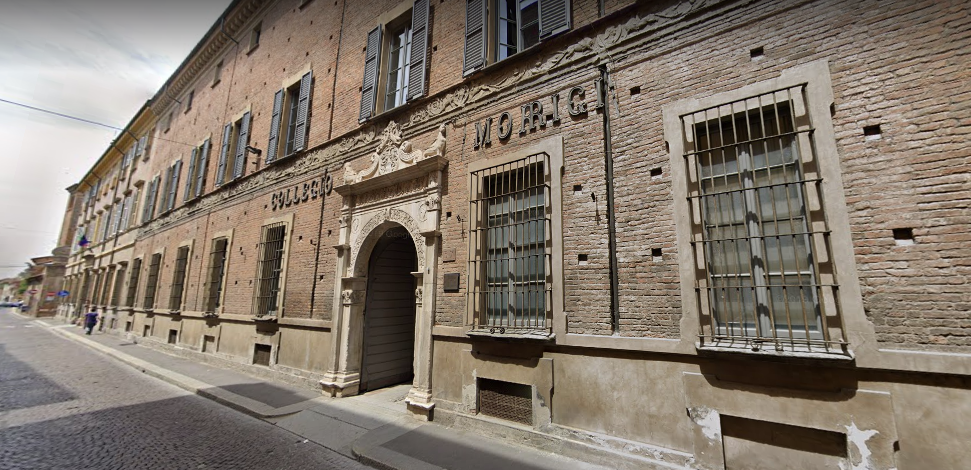
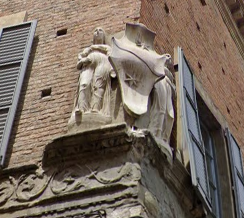
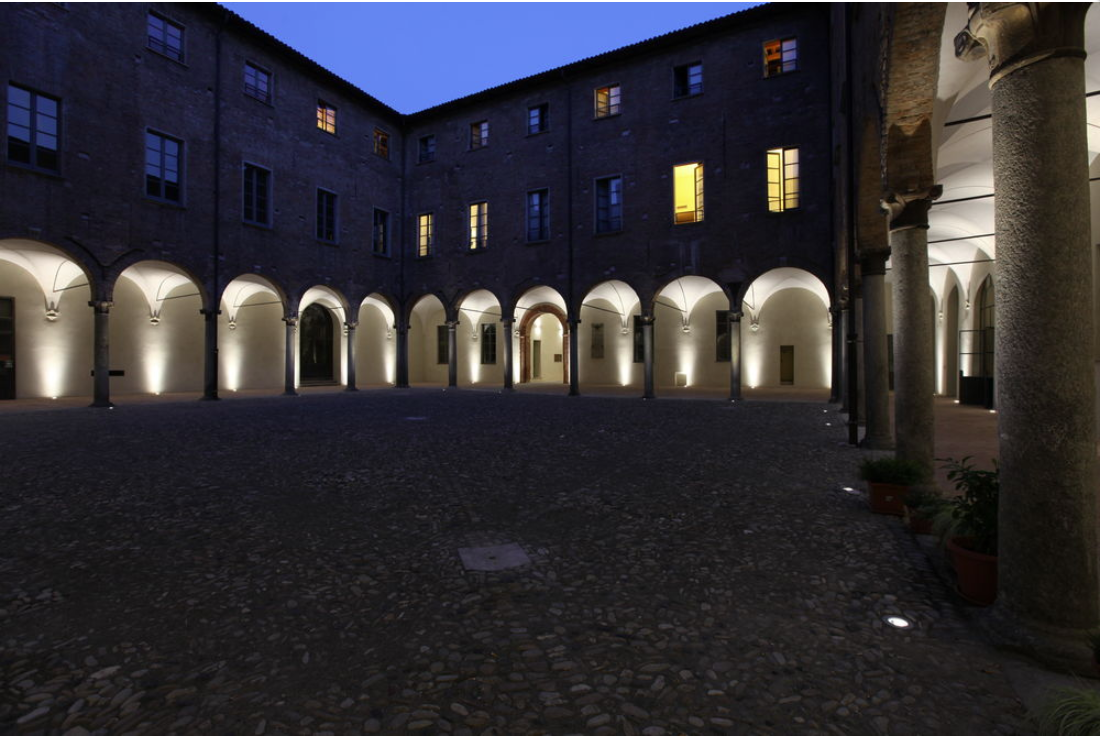
The Palazzo, located on Via G. Taverna, houses The Morigi College, which was established by Royal
Decree on 8 May 1868 by testamentary will of prof. Dr. Giacomo Morigi of
September 1, 1855 "for the education and education of male youth". The
Morigi College is recognized as a Public Assistance and Charitable
Institution with a Royal Decree of 5 June 1858.
Read more>>>
Palazzo Scotti Da Vigoleno

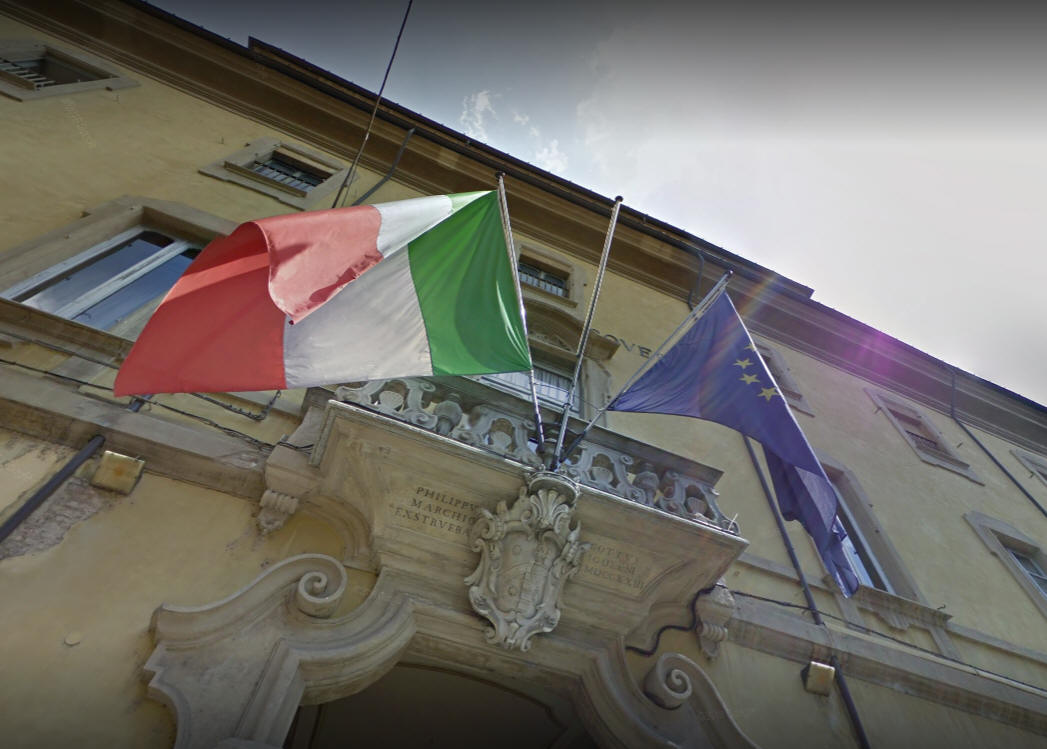
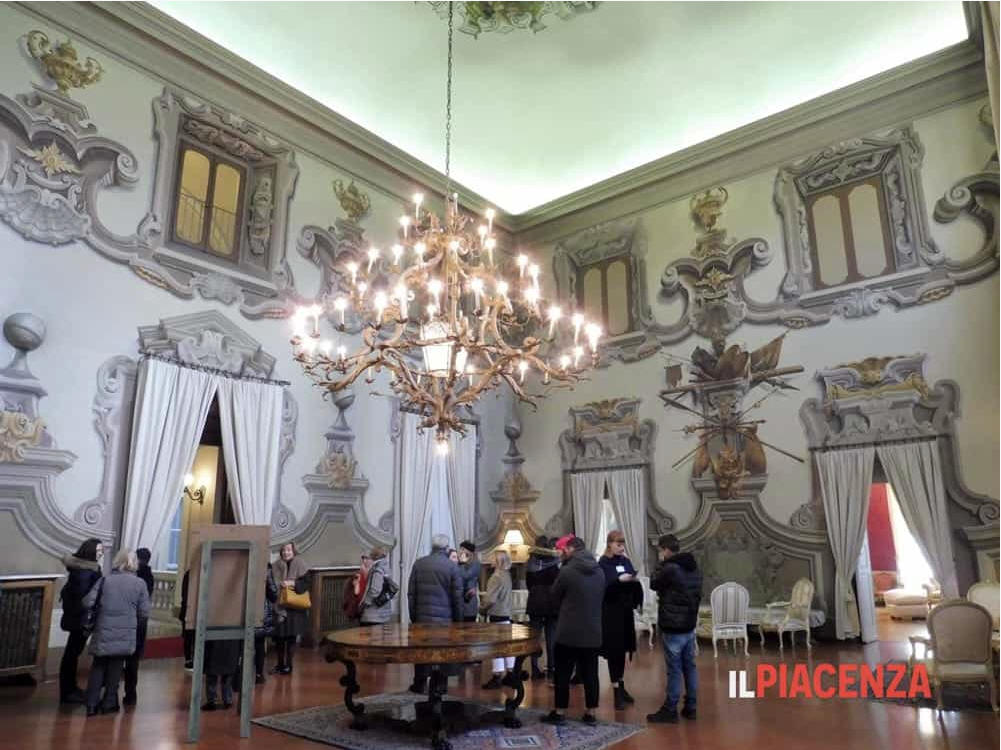
The Palazzo Scotti Da Vigoleno is an eighteenth-century building that
belonged to the Scotti da Vigoleno family, now the seat of
the Prefecture. Worthy of note are the three-nave atrium, the grand
staircase and the frescoes, depicting celebratory allegories of the
Scotti family, which adorn the upper hall.
See more of the palazzo here>>>
Gianbernardino Scotti (died 1568), an Italian Roman
Catholic bishop and cardinal, had strong connections with
Piacenza. He was born in Magliano Sabina ca. 1478, the son of a
noble family that had lived there for 400 years, so was perhaps
not from the Piacenza Douglas Scotti family. He died in Rome on
December 11, 1568.
Notes:
1 . Breccia is a term most often used for clastic sedimentary rocks that
are composed of large angular fragments (over two millimeters in
diameter).
2 . Is this the Alberto Douglas Scotti, Lord of
Piacenza, established
the fortified military residence of Fombio in 1299?
3 . So good they named it twice?
For more on the Douglas Scotti families of Italy, see our
Italy portal.
See also:
•
Tombs of the
Douglas Scotti
|


